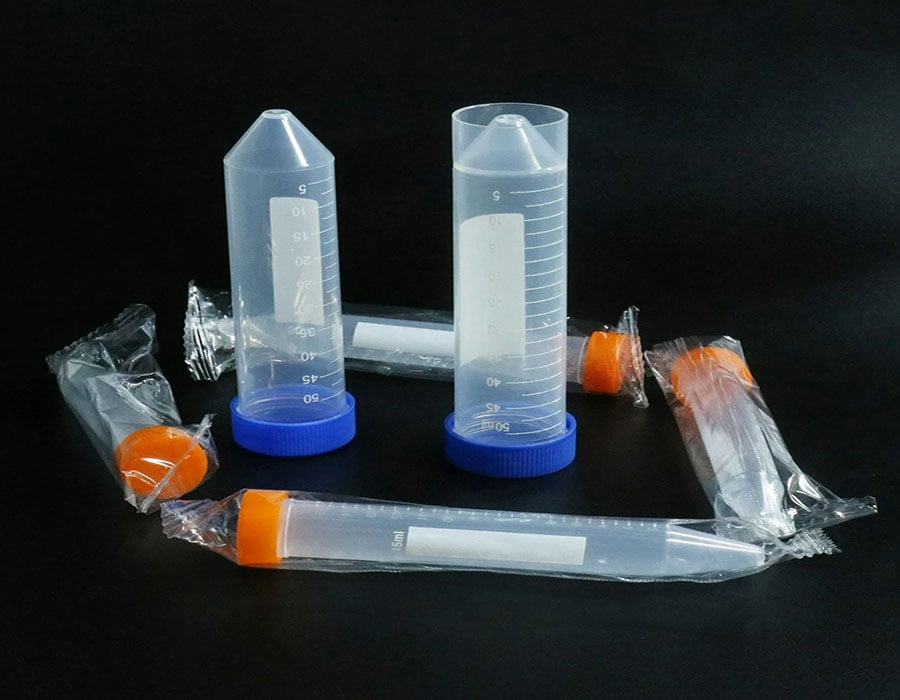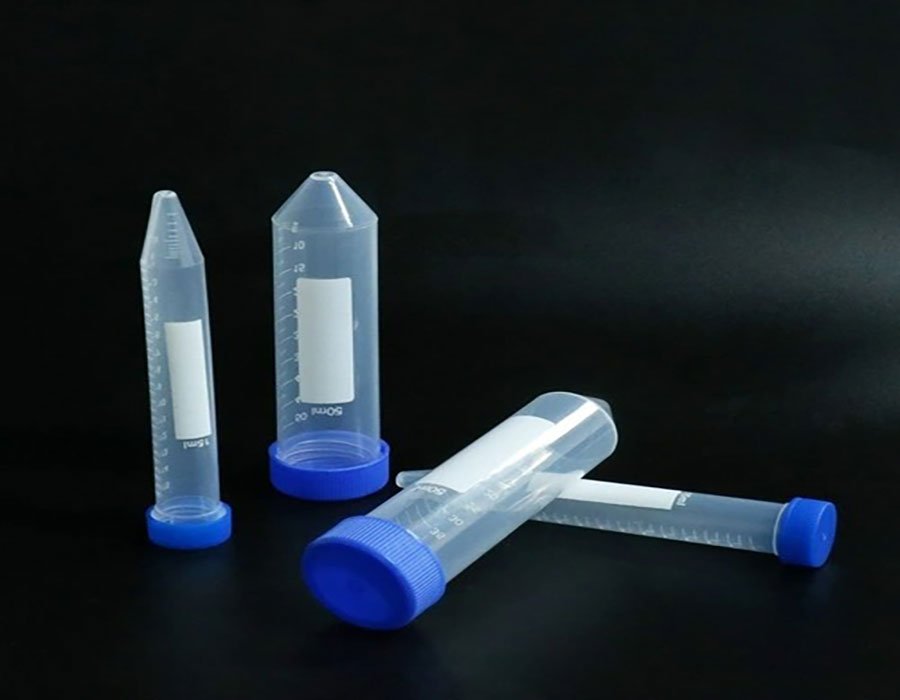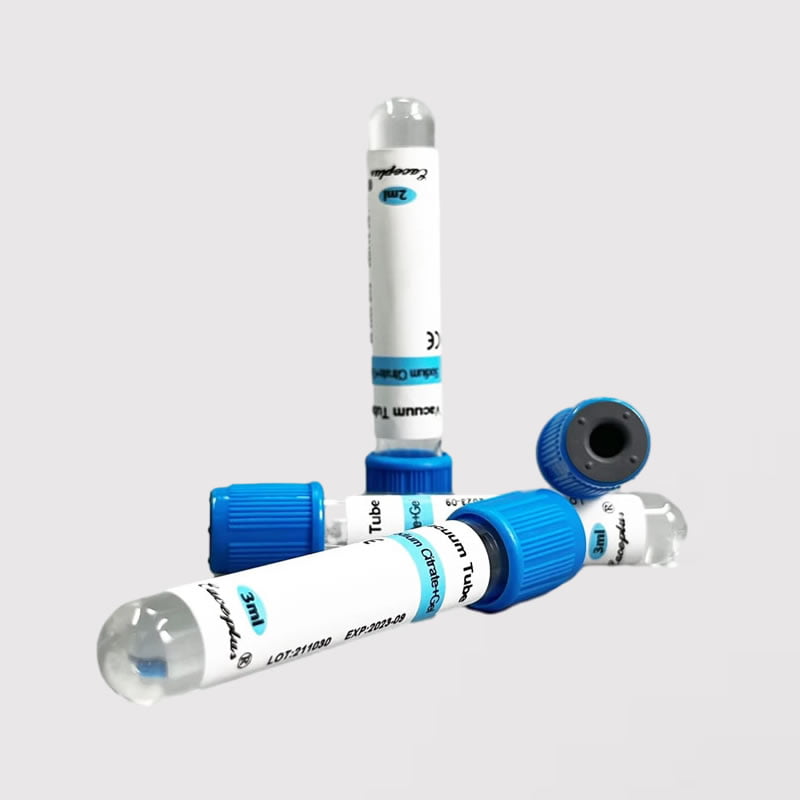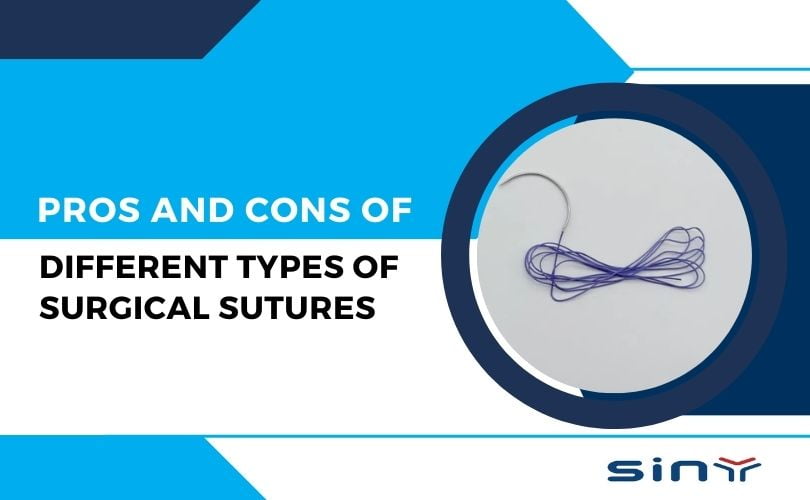A microcentrifuge tube is an essential tool in the laboratory, used to separate and concentrate small volumes of liquid. In this article, we will discuss the definition of a microcentrifuge tube, its uses, and the advantages of using one. Readers will gain a better understanding of how a microcentrifuge tube can be beneficial for their laboratory needs.
Table of Contents
Types of Microcentrifuge Tubes :
Microcentrifuge tubes are an essential tool for many laboratory experiments. They are small, disposable tubes that allow for the quick and efficient separation of components in a mixture. There are different types of microcentrifuge tubes that are designed for specific tasks and applications.
One type of microcentrifuge tube is the standard tube. This type of tube is ideal for general laboratory use. It is made of polypropylene and has a conical bottom. It is often used to store samples and perform simple centrifugation. The tube can be sealed with a cap, allowing the sample to be stored and transported safely.
Another type of microcentrifuge tube is the tube with a skirted cap. This type of tube has a cap with a skirt that helps to keep the sample in the tube during centrifugation. It is ideal for use with liquids and other materials that may be affected by centrifugation. The skirt also helps to reduce the chance of sample contamination.
Other types of microcentrifuge tubes include the tube with a screw-cap and the tube with a screw-cap and seal. These tubes are designed to be used with higher-speed centrifuges. They are made of polystyrene and feature a tight-fitting screw cap and seal. They are ideal for use with high-speed centrifuges and are often used for the separation of particles and cells.
Finally, there are also microcentrifuge tubes with a snap cap. These tubes feature a snap-on cap that makes them easy to open and close. They are ideal for use with low-speed centrifuges and are often used for the storage and transport of samples.
No matter what type of microcentrifuge tube you need, it is important to select one that is designed for the specific application you have in mind. By doing so, you can ensure that your experiment is successful and your samples are properly separated.

Uses of Microcentrifuge Tubes :
Microcentrifuge tubes are a laboratory essential, used in a variety of experiments and processes. They have a variety of uses and are incredibly versatile. They can be used to store samples and materials, as they are designed to be resistant to breakage and leakage. They are also used for quick and effective sample separation, such as the separation of a sample into its components. This can be done by centrifuging the tube, which causes the components to separate due to their different densities. They are also used to purify and concentrate samples, as the centrifugation process can also be used to remove contaminants from samples. Furthermore, they are used for mixing and homogenizing samples, as the centrifugation process can also mix samples together. Finally, microcentrifuge tubes are used for storing, freezing and thawing samples, as they are able to withstand temperatures from -80°C to +121°C. All of these uses make microcentrifuge tubes a vital and valuable tool in the laboratory.
Benefits of Using Microcentrifuge Tubes :
Microcentrifuge tubes are a must-have for any laboratory. They are incredibly useful and versatile, making them a staple in any research setting. Microcentrifuge tubes offer a number of advantages that make them invaluable for a wide range of experiments.
One of the main benefits of using microcentrifuge tubes is their small size. This makes them ideal for handling a variety of samples in a limited space. Furthermore, their small size reduces the amount of material needed for an experiment, making them an economical choice for researchers.
Another significant advantage of microcentrifuge tubes is their ability to withstand high centrifugal force. This makes them ideal for a variety of experiments, such as separating different components of a sample and purifying proteins. Furthermore, they are also resistant to heat, making them suitable for heating and cooling processes.
Finally, microcentrifuge tubes are also extremely durable. This allows them to be reused, saving money and making them more environmentally friendly. Additionally, they are easy to clean, which further contributes to their reusability.
Overall, microcentrifuge tubes are an incredibly useful tool for any laboratory. They are small enough to fit in confined spaces, yet strong enough to withstand high centrifugal forces. They are also resistant to heat and can be reused multiple times, making them an economical and environmentally friendly choice.

Advantages of Microcentrifuge Tubes over Other Containers :
Microcentrifuge tubes are one of the most versatile containers used in laboratories around the world, and they offer a variety of advantages over other types of containers. They are extremely durable and can be used in many different applications, including cell separation, protein precipitation, and sample concentration. Microcentrifuge tubes are also ideal for storing small amounts of liquid or solid samples for long periods of time. In addition, the tubes are extremely cost-effective, as they are very affordable and widely available. Furthermore, they can be handled easily and have a tight seal that prevents leakage and contamination.
When compared to other containers, microcentrifuge tubes have a much higher capacity for centrifugation, as they are designed to withstand high speeds and g-forces. This makes them ideal for separating cells, precipitating proteins, and concentrating samples. Additionally, microcentrifuge tubes are designed to be easy to open and close, which makes them ideal for quick sample processing. Furthermore, they are stackable, which allows them to be stored in a neat and organized way and saves valuable space.
Overall, microcentrifuge tubes are a great choice for any laboratory. They are highly durable, cost-effective, and can withstand high speeds and g-forces. Furthermore, they are easy to open and close and are stackable, making them a great choice for storing and processing small amounts of samples.
Different Types of Centrifugation and How It Applies to Microcentrifuge Tubes :
Centrifugation is a process that is used to separate a mixture of substances into their individual components. It can be used to separate biological molecules such as proteins, nucleic acids, and other macromolecules. There are two main types of centrifugation: sedimentation and ultra-centrifugation. Sedimentation centrifugation is the most common type of centrifugation and is used to separate substances based on their size, shape, and density. Ultra-centrifugation is more powerful and can be used to separate molecules based on their molecular weight.
Microcentrifuge tubes are specifically designed to be used in centrifugation. These tubes are made of strong materials such as polypropylene or glass and have tight-fitting lids. They are designed to withstand the high forces of centrifugation and protect the sample from damage. Microcentrifuge tubes are available in a variety of sizes, including 0.2 ml, 0.5 ml, 1.5 ml, and 2.0 ml. When selecting a tube, it is important to choose one that is the right size for the amount of sample being used.
Centrifugation is an important part of many laboratory processes, and microcentrifuge tubes are a key piece of equipment for successful centrifugation. They are designed to withstand the high forces of centrifugation and protect the sample from damage. They are available in a variety of sizes to accommodate different amounts of samples, and selecting the right size is critical for successful centrifugation.
Conclusion
The microcentrifuge tube is a versatile and vital tool in the laboratory. It is used to separate and concentrate small amounts of liquid, and the variety of sizes and materials available make it suitable for a wide range of applications. With its excellent sealing capabilities and convenient portability, the microcentrifuge tube is an essential component of any laboratory.

























































